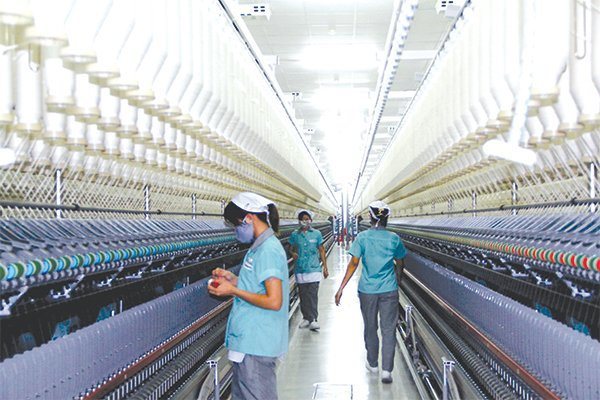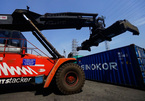High ranking officials of 16 member countries of RCEP will gather at a meeting on May 24 in Bangkok, Thailand in an effort to wrap up negotiations this year.

RCEP, which has been negotiated for six years, is an FTA which connects the dynamic economic zones of Southeast Asia, Northeast Asia (China, Japan and South Korea), and Oceania (Australia, New Zealand and India). The region has half of the world’s population, and makes up 30 percent of GDP and 28 percent of the global trade.
The positive aspect of RCEP, according to Nguyen Thi Thu Trang, director of the Center for WTO and Integration Studies, is that Vietnam’s enterprises can easily satisfy the requirements on product origin to be eligible for preferential tariffs.
“The RCEP market covers the production chains of many products in which Vietnam has advantages,” Trang commented.
|
The positive aspect of RCEP, according to Nguyen Thi Thu Trang, director of the Center for WTO and Integration Studies, is that Vietnam’s enterprises can easily satisfy the requirements on product origin to be eligible for preferential tariffs. |
Vietnam now imports electronic chips from Japan and South Korea and textile and garment materials from China, and then makes products in Vietnam for export to other countries. As such, Vietnam’s products can satisfy the requirements on the ratios of RCEP-made content.
RCEP, with different levels of development of members, is not considered a next-generation FTA. The required quality of products to be exported to member markets is at a medium level, which fits the production capability of the majority of Vietnamese enterprises.
Nevertheless, there are still challenges. Unlike CPTPP and EVFTA, where the products of inner-bloc countries support each other, RCEP will witness stiff competition among member countries because their products are nearly the same.
“In RCEP, Vietnam will have to compete fiercely with other members, not only in RCEP markets, but also in the home market,” Trang said.
When RCEP takes effect, Vietnam and China, for example, will compete in exporting textiles and garments, footwear and seafood to Japan which still doesn’t have an FTA with China.
However, Trang said Vietnam’s goods are well known in the world, so if Vietnamese enterprises can exploit their brands well and fix their problems, including unprofessional aspects and inconsistency of products, they will be able to take full advantage of the preferences offered by RCEP.
Trinh Thu Hien from MOIT commented that Vietnam’s enterprises should not only rely on next-generation FTAs, but also try to exploit the existing FTAs to boost exports. To export products to Japan, for example, they can take full advantage of existing agreements between Vietnam and Japan, rather than relying on CPTPP and RCEP.

Vietnam’s businesses fear getting involved in US-China trade war
Businesses have expressed concern over the escalation of the US-China trade war, and are hurrying to seek solutions to anticipated problems.

Vietnam attractive to foreign investors amid trade war
Mr. Chua Hak Bin, Senior Economist at Maybank Kim Eng, tells how Vietnam is the biggest beneficiary in investment shifts from China as trade war with US continues.
Ha Dung
 Vietnam will have to compete with other RCEP (Regional Comprehensive Economic Partnership) countries because its most advantageous products are similar to key export product items of the countries.
Vietnam will have to compete with other RCEP (Regional Comprehensive Economic Partnership) countries because its most advantageous products are similar to key export product items of the countries.